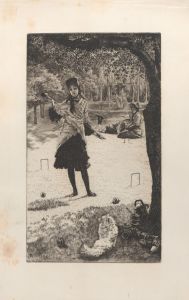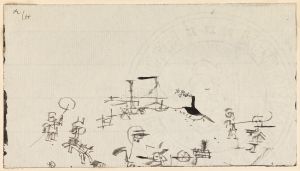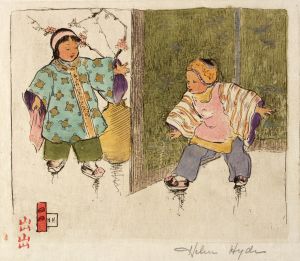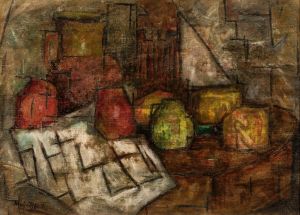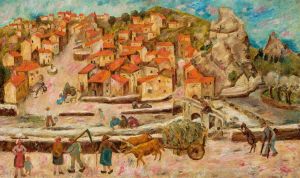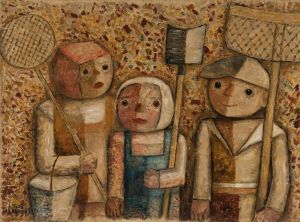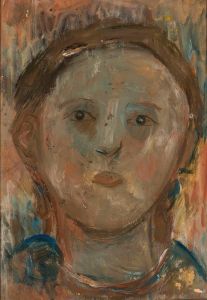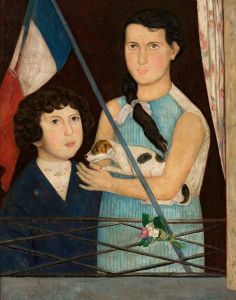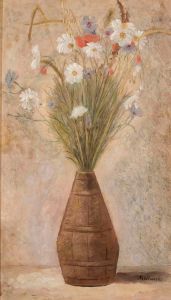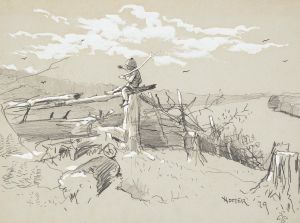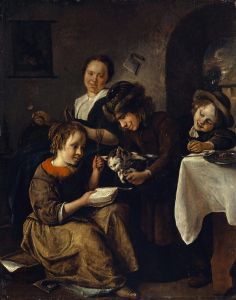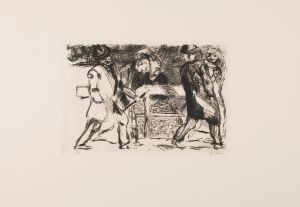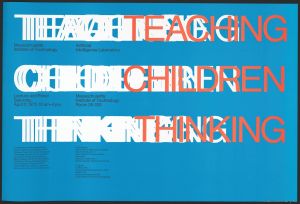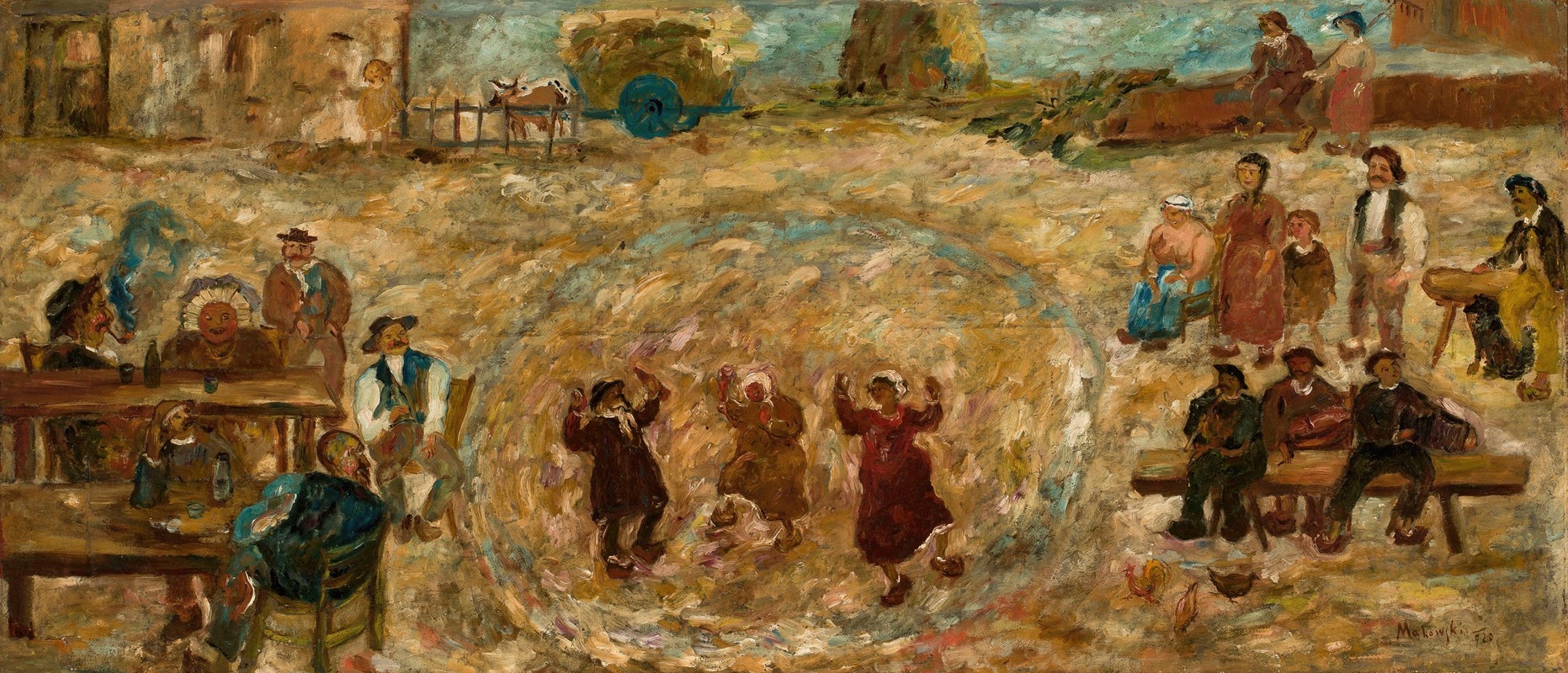
Play in a village
A hand-painted replica of Tadeusz Makowski’s masterpiece Play in a village, meticulously crafted by professional artists to capture the true essence of the original. Each piece is created with museum-quality canvas and rare mineral pigments, carefully painted by experienced artists with delicate brushstrokes and rich, layered colors to perfectly recreate the texture of the original artwork. Unlike machine-printed reproductions, this hand-painted version brings the painting to life, infused with the artist’s emotions and skill in every stroke. Whether for personal collection or home decoration, it instantly elevates the artistic atmosphere of any space.
Tadeusz Makowski was a Polish painter known for his unique style that combined elements of folk art, symbolism, and modernism. Born in 1882 in Oświęcim, Poland, Makowski initially studied classical philology at the Jagiellonian University in Kraków before pursuing his passion for art at the Academy of Fine Arts in Kraków. He later moved to Paris in 1908, where he became part of the vibrant artistic community and was influenced by various avant-garde movements.
One of Makowski's notable works is "Play in a Village," which reflects his fascination with the innocence and simplicity of rural life. This painting is characteristic of Makowski's style, which often features children and village scenes depicted with a sense of whimsy and nostalgia. His work is known for its use of bright colors, simplified forms, and a playful yet introspective mood.
"Play in a Village" captures a scene of children engaging in play within a rural setting. Makowski's depiction of children is not merely a representation of youth but also an exploration of the purity and authenticity found in everyday life. The painting is executed with a keen attention to detail, yet it maintains a sense of abstraction that invites viewers to interpret the scene through their own experiences and emotions.
Makowski's time in Paris exposed him to various artistic influences, including Cubism and Post-Impressionism, which can be seen in his use of geometric shapes and vibrant color palettes. However, he maintained a distinct style that was deeply rooted in Polish folk traditions and his personal experiences. His works often evoke a sense of nostalgia and are imbued with a gentle humor and warmth.
Throughout his career, Makowski remained dedicated to capturing the essence of childhood and rural life. His paintings often feature recurring motifs such as children, animals, and village landscapes, all rendered with a unique blend of realism and abstraction. "Play in a Village" exemplifies this approach, showcasing his ability to convey complex emotions through seemingly simple scenes.
Makowski's work gained recognition during his lifetime, and he exhibited in various prestigious venues, including the Salon d'Automne in Paris. Despite his success, he remained relatively modest and focused on his artistic pursuits rather than commercial gain. His contribution to art is celebrated for its originality and emotional depth, and his paintings continue to be appreciated for their timeless appeal.
Tadeusz Makowski passed away in 1932, but his legacy lives on through his art, which continues to inspire and captivate audiences. "Play in a Village" remains a testament to his ability to capture the beauty and simplicity of everyday life, offering a glimpse into the world through the eyes of a child. His work is preserved in various collections, including the National Museum in Warsaw, ensuring that future generations can experience the charm and depth of his artistic vision.





